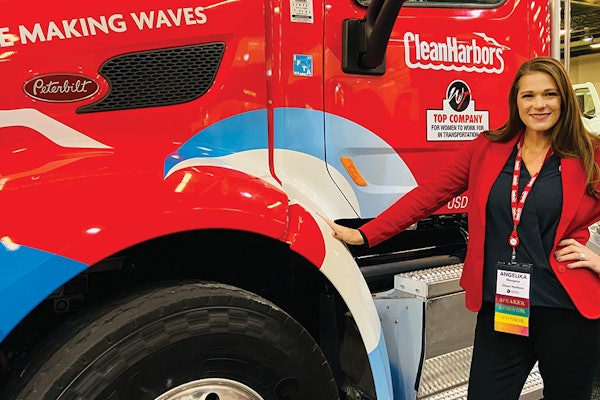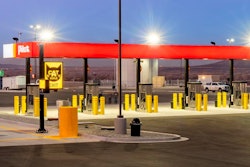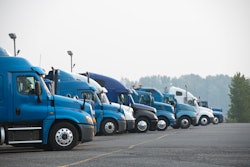In the last two years, trucking companies have had to answer a wide range of questions about how they operate — from mask mandates and driver protections to information about zero contact delivery and creative solutions to in-home installations.
These questions are now essentially answered, with best practices established. However, they have been replaced by a new wave of queries having to do with location, sustainability and labor. Carriers must be aware of these new questions and have solutions to remain desirable to the modern shipper.
The global pandemic created a reset moment for companies operating sophisticated supply chains. Getting through the most challenging moments of COVID-19 required tremendous ingenuity, and new approaches were established across the board. One of the most significant shifts came from how warehouses utilize their staff. As leaders, were forced to do more with less.
This emphasizes the value of location data, which allows warehouse and distribution center leaders to prepare for the exact moment a shipment arrives. Instead of requiring a driver to idle at a particular gate, the idea is to have receiving teams available when goods become available to unload. Taking it a step further, many warehousing facilities even schedule employee lunch times around ETA to maximize productivity.
To meet these needs, trucking companies must offer real-time track and trace options, whether that’s provided through a transportation management system (TMS), a geo-fencing solution, or even simple SMS solutions that can ping a driver’s phone to identify location.
The value of location data isn’t limited to warehouse leaders. Today’s top shippers want to offer real-time updates to their customers on when a load will arrive.
It’s not news that trucking and transportation are ultimately bad for the environment. What is more relevant, however, is a coming set of regulations that will require companies to disclose their carbon emissions.










